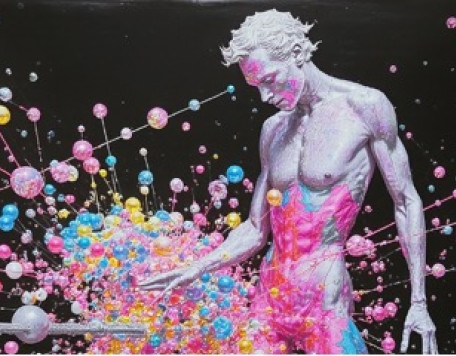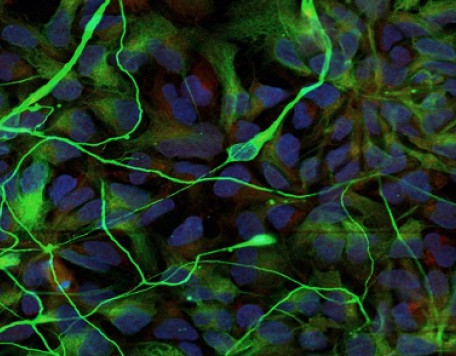© Pint of Science, 2025. All rights reserved.
We often think of space as a vast, empty place. In fact, there is constant activity on the smallest scales working towards creating some of the largest objects we know of. Join us to discover how interstellar chemistry and the power of magnetism helps to shape the stars and planets in our Galaxy, and beyond!
Please note there are stairs up to the venue so it may not be accessible for people with impaired mobility.
Please note there are stairs up to the venue so it may not be accessible for people with impaired mobility.
How Magnetic Fields Change Star Formation
Dr Sven van Loo
(Lecturer in Astrophysics)
Stars form much more slowly than Astrophysicists expect. In this talk I will show a computer simulation of a giant star-forming cloud in a disk galaxy like our Milky Way. We'll look at the surprising effects of switching magnetism on and off (if only you could do that in real life!). Using this, I will show the importance of magnetic fields in understanding star formation in our Galaxy and others. (Image credit: ESA - Planck collaboration & Marc-Antoine Miville-Deschenes, CC BY-SA 3.0 IGO: https://creativecommons.org/licenses/by-sa/3.0/igo/)
From Interstellar Snowflakes to Life
Dr Catherine Walsh
( University Academic Fellow in Astrophysics)
The space between the stars in the night sky appears dark and empty; however, this region, the interstellar medium, is full of clouds of dust and gas which shine with light from molecules that we can observe with radio telescopes. How do these molecules form and survive in the harsh environment of space? In this talk, we will explore chemistry at the frontier of physics, and discuss the importance and influence of interstellar molecules in shaping planetary systems.
Map data © OpenStreetMap contributors.
Other Belgrave Music Hall and Canteen events
2025-05-19
Smashing Atoms, Computing the Quantum
Belgrave Music Hall and Canteen
1-1A Cross Belgrave Street, Leeds, LS2 8JP, United Kingdom
2025-05-20
Unlocking Minds: From Cells to Cinema
Belgrave Music Hall and Canteen
1-1A Cross Belgrave Street, Leeds, LS2 8JP, United Kingdom






